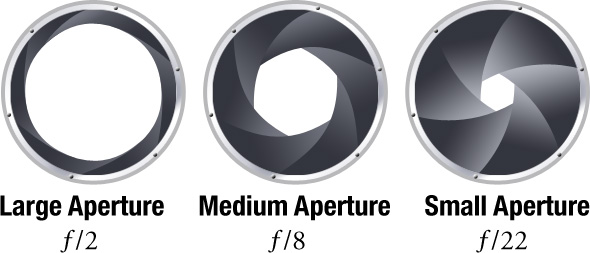hiya all
now then been reading up about photography on digital-photography-school.com and came across the frase
depth of field not undertsnading what it ment i googled it and well read wikipedia to try and understand it more and well its just confused me even more so could some one please explain it in english?
thanks from the rather confused Nikon D3000 owner and photograthy novice Drew Dunn
now then been reading up about photography on digital-photography-school.com and came across the frase
depth of field not undertsnading what it ment i googled it and well read wikipedia to try and understand it more and well its just confused me even more so could some one please explain it in english?
thanks from the rather confused Nikon D3000 owner and photograthy novice Drew Dunn



